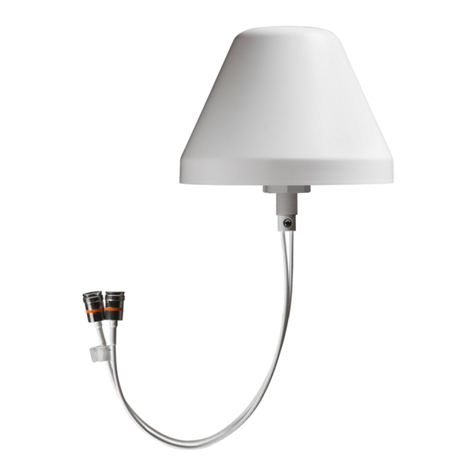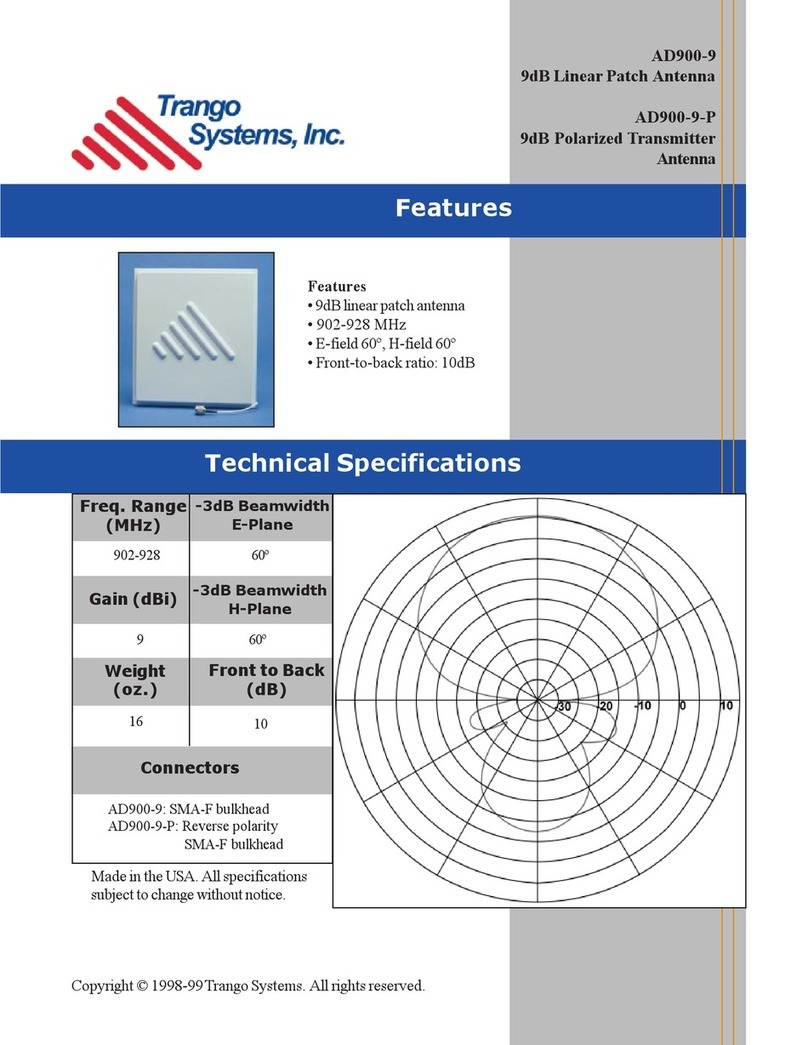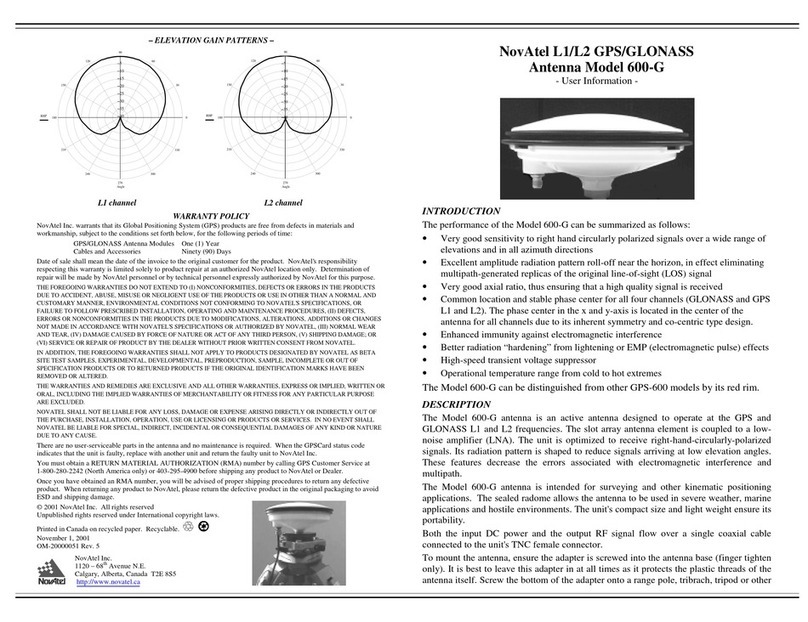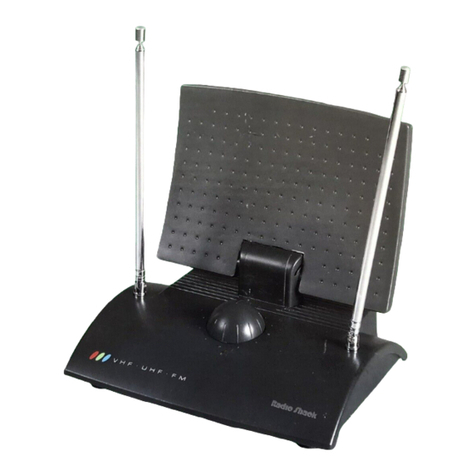
WARRANTY
The Anritsu product(s) listed on the title page is (are) warranted
against defects in materials and workmanship for one year from the
date of shipment.
Anritsu's obligation covers repairing or replacing products which prove
to be defective during the warranty period. Buyers shall prepay trans-
portation charges for equipment returned to Anritsu for warranty re-
pairs. Obligation is limited to the original purchaser. Anritsu is not
liable for consequential damages.
LIMITATION OF WARRANTY
The foregoing warranty does not apply to Anritsu connectors that have
failed due to normal wear. Also, the warranty does not apply to de-
fects resulting from improper or inadequate maintenance by the
Buyer, unauthorized modification or misuse, or operation outside the
environmental specifications of the product. No other warranty is ex-
pressed or implied, and the remedies provided herein are the Buyer's
sole and exclusive remedies.
TRADEMARK ACKNOWLEDGEMENTS
MS-DOS, Windows, Windows for Workgroups, Windows NT, and Win-
dows 95 are registered trademarks of the Microsoft Corporation.
Site Master and Cable Mate are trademarks of Anritsu Company.
NOTICE
Anritsu Company has prepared this manual for use by Anritsu Com-
pany personnel and customers as a guide for the proper installation,
operation and maintenance of Anritsu Company equipment and com-
puter programs. The drawings, specifications, and information con-
tained herein are the property of Anritsu Company, and any
unauthorized use or disclosure of these drawings, specifications, and
information is prohibited; they shall not be reproduced, copied, or
used in whole or in part as the basis for manufacture or sale of the
equipment or software programs without the prior written consent of
Anritsu Company.



























